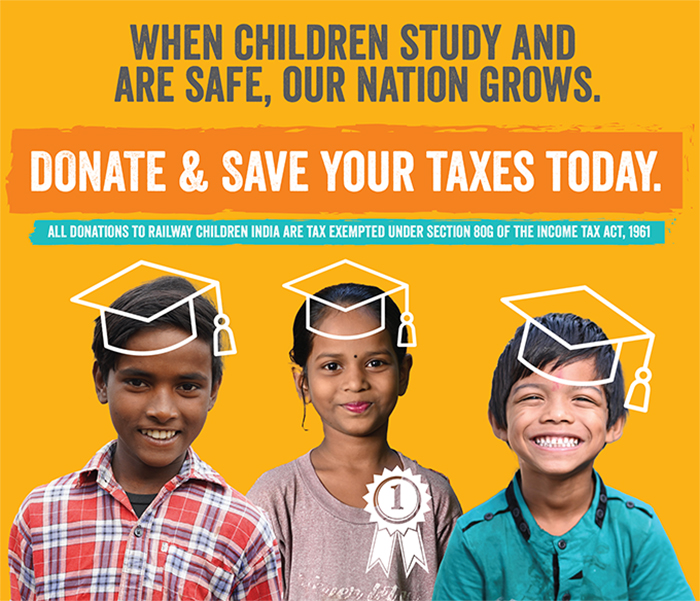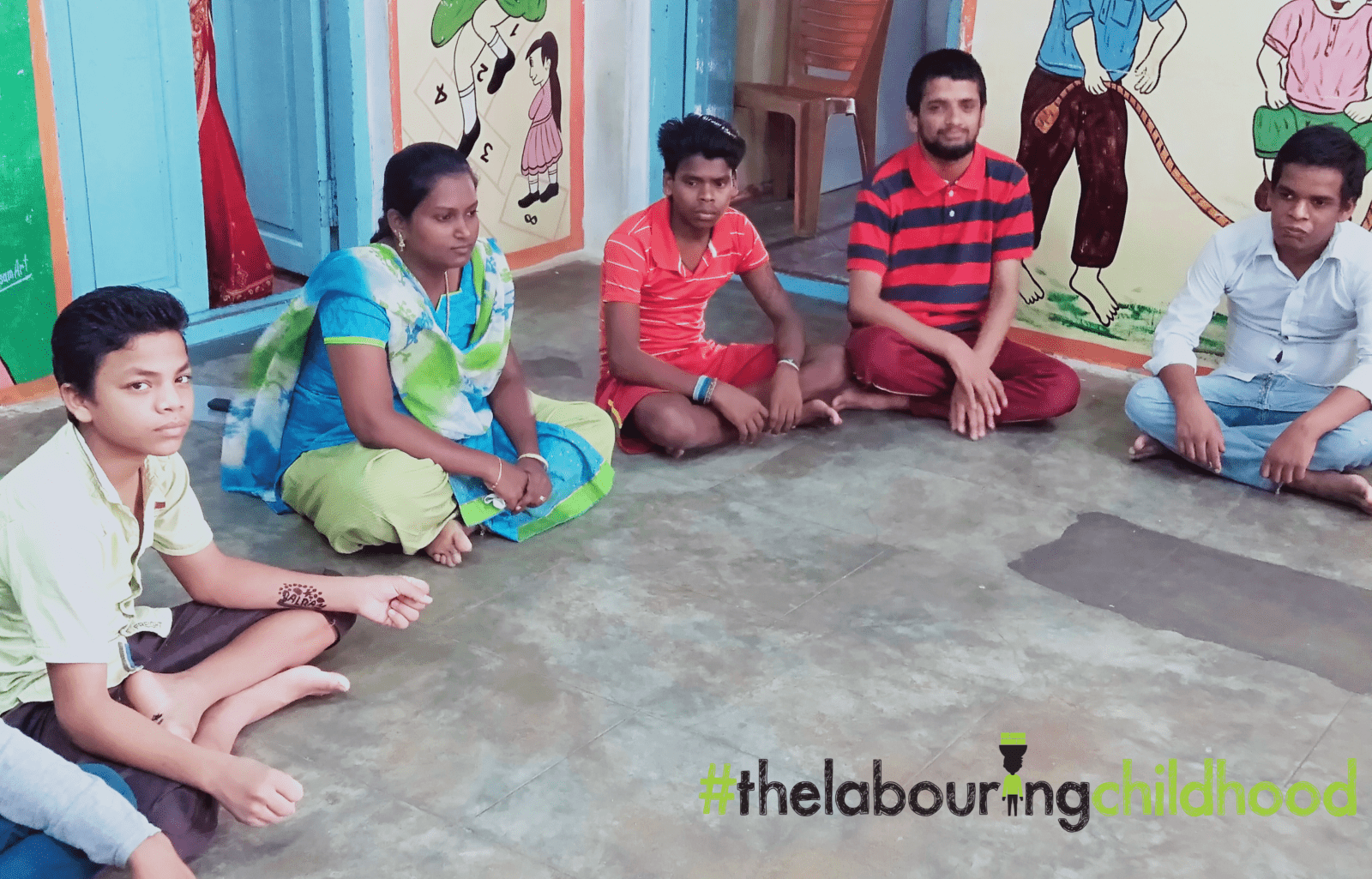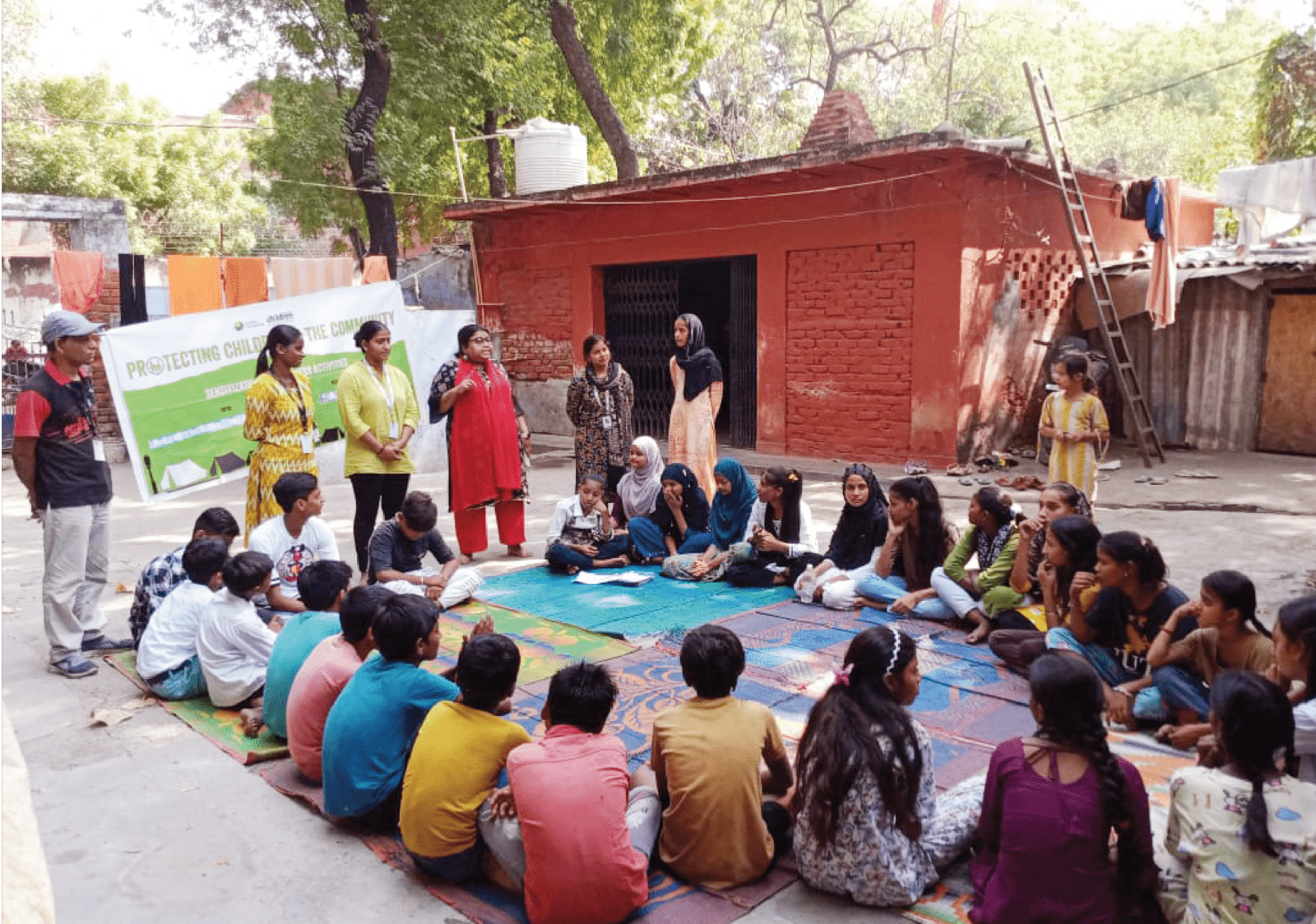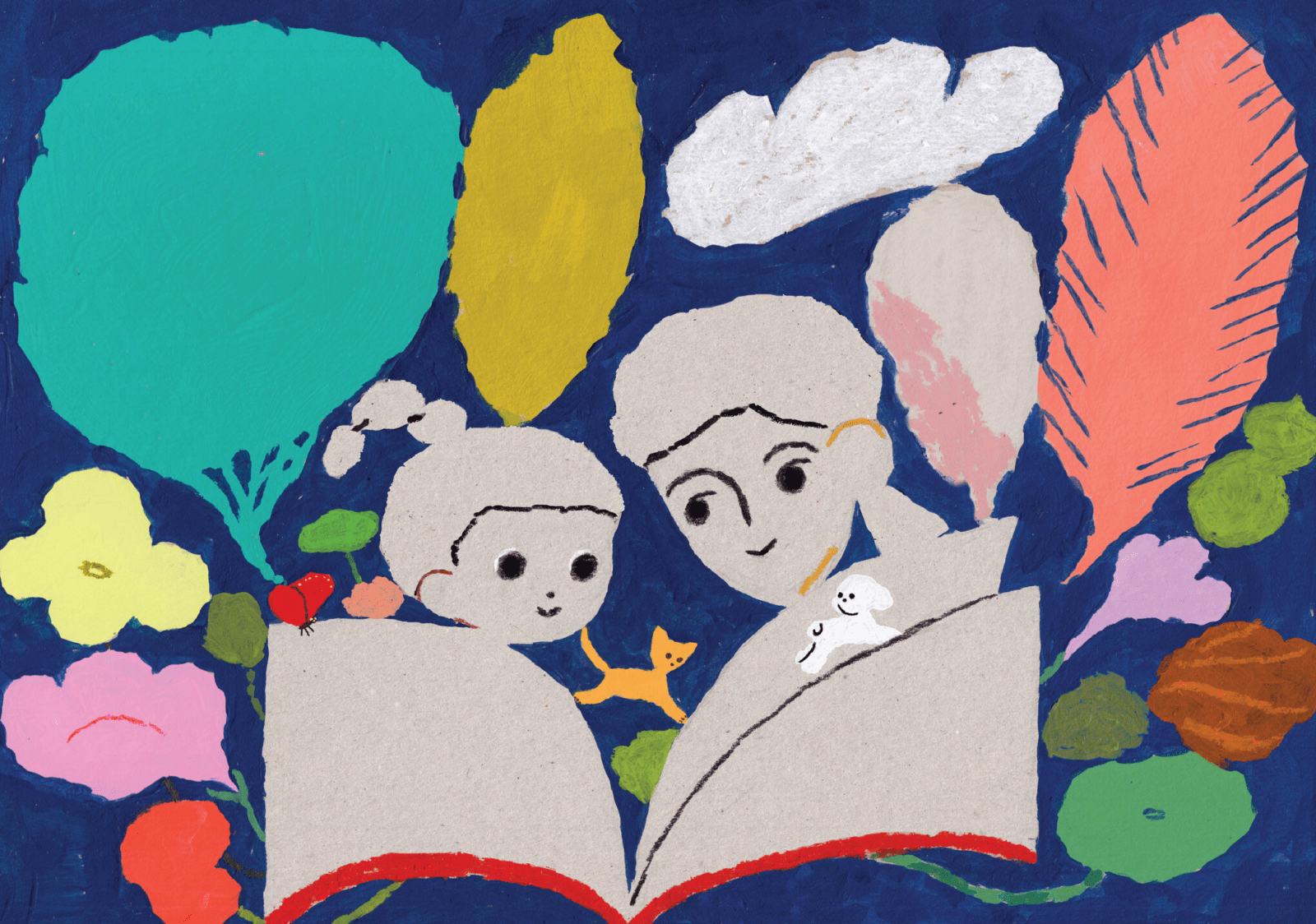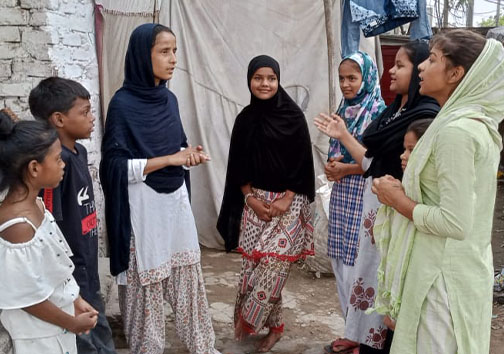Q) Tell us about yourself and your work.
Ans: My name is Raja Sunitha and I have completed my M.A in Sociology from Manonmaniyam Sundarnar University in Tirunelveli, Tamil Nadu. I have 3 years’ of experience doing Village development work based on the Millennium Development Goal (MDG) program. My focus area of work has been child development, strengthening education systems and motivating self-help groups to send their children to school and not to work. Additionally, I have 2 years of work experience with family counseling at the EFICORE organisation. My current role is with the TDHCORE-CCRS project where I work to protect vulnerable children exploited or abused through child labour, child trafficking, child marriage, child exploitation, family discord amongst others.
Q) How have your roles from social worker, child welfare officer to superintendent of an open shelter contributed differently to working for children and their rights?
Ans: During the all three positions, I worked very closely with children. As a superintendent I try spending maximum time spent with the children to understand their needs, and also work to motivate the team who work directly with children the open shelter, so that they are better equipped to work with children. I also liaison with allied department like DCPU,CWC, CEO,DDRO.
While pursuing social work, I interacted with children to understand issues from their perspectives, and convey their needs to their parents, through consultation. I conducted both direct and indirect follow ups to make children and their parents feel equally heard and comfortable. I have also been taking the children to the CWC for producing and restoration.
During my role as Child Welfare Officer, my only aim was to make sure that the child would receive all necessary care while at the shelter home and even after being restored. My focus has always been ensuring that no child right is neglected at any cost. At the same time, I also counselled families on ensuring that the well-being of the child is given priority.
During my time as Superintendent, my primarily role was monitoring the staff of the open shelter home, including 2 helpers, the cook, 5 care takers, ensuring effectiveness of non-formal education and of course ensuring the safety and protection of all the children.
Q) Tell us a little about the children you have worked with. Where do they come from? Why are they away from home? (Give us some of the reasons)
Ans: Children are very innocent and they are highly influenced by their agent, parents or relatives, whenever there is an emotional or economic crisis. Most of the children at the Open Shelter Home are from the Northern part of India, coming to work at the textile industries of Salem. Here employees are unskilled and paid low wages, that’s why child labourers are more in demand.
Children travel here, to work across various parts of Tamil Nadu as labourers, unware of the nature and place of work, or even the wages. Most of the children are the eldest in the family, either semi-orphaned or from separated families, with little access to education, which is why they get pushed into work, to take care of themselves and their families. Away from home and involved in work, many of these children lose their childhood at a young age, where are their rights are abused and neglected.
Q) Describe your day at the open shelter home. What activities do you engage in with the children to keep their minds active?
Ans: My work on a weekly basis includes conducting staff review meetings, checking food samples and the menu, verified provision stock, maintaining the registers etc. Clothes, footwear, play things – checking all material every 15 day. On a daily basis, conducting a children’s group meeting and conducting self-hygiene with all the children. Prepare ICP (Individual Care plan) for the children needs to be discussed with child welfare officer and the counsellor. Additionally, preparing the caregiver sift plan and also ensuring all children and processes are followed and seen through with the CWC, and medical documents etc – ensuring children are produced before the CEC, family tracing in achieved etc.
Directly playing and engaging the children in various activities like tailoring, yoga, brain gym, dance, singing, drawing, creative activities, kitchen gardening, indoor and outdoor games, and other interesting activities to ensure the children use their time constructively.
Q) Shed some light on children who have worked as child labourers. Why do you believe children are involved in labour work?
Ans: Children are particularly vulnerable to exploitation for many reasons, including their dependence on adults, their lack of knowledge of their own rights and a relative lack of access to institutions which can support them. Child labour is just one example of a widely prevalent practice of crimes against children — in which all these three factors contribute.
Most people are particularly unaware of the life long harm that child labour poses on the psychological development of a child and are also ignorant about various laws, viewing children as dependent members of society for whom adults need to make decisions. This overall mind set and culture, lends itself to children being involved in harmful labour.
Q) In your work with vulnerable children, how does child labour impact a child negatively. Share an example of a child you have worked with at close quarters.
Ans: Indeed, a large number of cases of child labour in Delhi are characterised by dangerous work conditions or long work hours that are not practically possible to monitor. One such story I remember quite vividly was of a family that worked in an egg poultry farm for three months. Unfortunately, they received only one month’s salary and the owner sent them off. They then reached Salem junction but didn’t have enough money because they had purchased new clothes and other things as they hadn’t thought their employer would cheat them and not pay them for 2 months of work. This family with children, with no ID proof and an old father, decided to live at the railway station, due to no other choice. Our team rescued them, and the children were sent to the open shelter home as the guidance from the CWC. The very next day, the family came with proof, explaining the situation to the CWC chairperson, and the child was restored back with his family. We continued to support their food and travel expenses, until they could manage themselves.
Q) In current times, the fallout of Covid19 leaves children open to a multitude of violations, abuse and exploitation, many of whom will be forced into working. What is your opinion on that? How do you believe that can be thwarted?
Ans: In today’s scenario, it is necessary that civil society be more vigilant on restricting child labour, and work as watch dogs for the rights of children. Through proper channels we have to create awareness programme amongst children and parents at the community level. Strengthening of BLCPC (block level child protection committee) and VLCPC (village level child protection committee) is most critical at this time to ensure more children do not fall into the trap of child labour.
Q) How are open shelter homes proving to be safe havens for children who have been away from home, and are unable to make it back during lockdown? Give us some examples from your open shelter.
Ans: Our open shelter is in a house setting, and here we have two female care givers to look after the children. It gives children the warmth and comfort of a mother. During the lockdown period we have been turning their attention to the other activities – like drawing, cooking their favourite food, in order to keep them happy and engaged. Children make video calls to their parents who are living back home. In the meanwhile, we make sure we provide a happy and safe environment for them.
Q) If you could appeal to the Government on behalf of child labourers (knowing well their realities), what changes would you advocate for to better the lives of child labourers?
Ans: The Government needs to address the root problems that exist in society, so that no family is forced to push a child towards child labour. Not only child protection committees but all stakeholders and the society at large are responsible for providing a healthy upbringing to children, and should be held accountable every time a family has to choose child labour.


